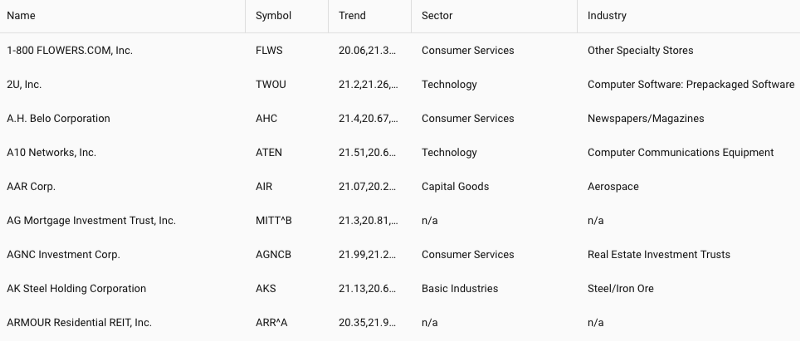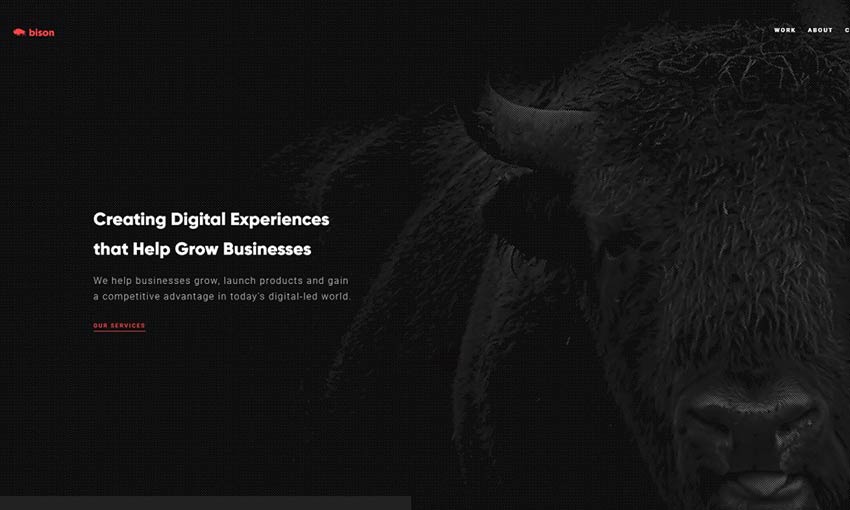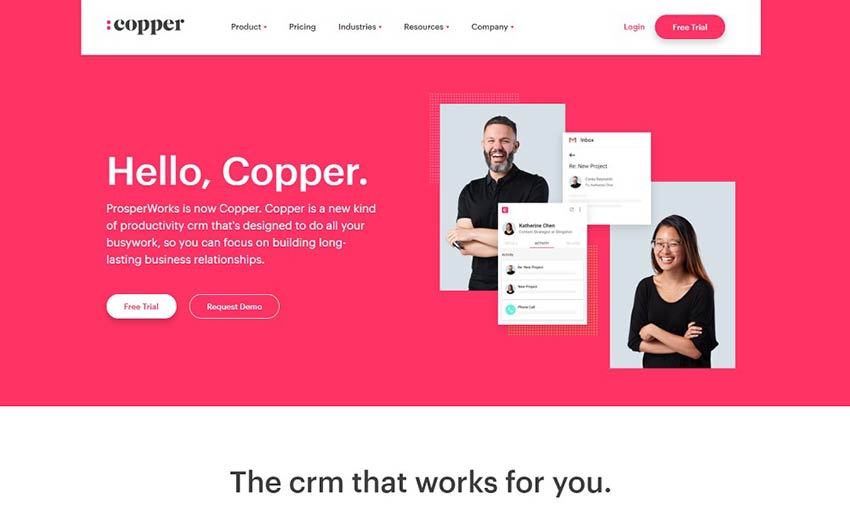The Power of Influencers in Your Marketing Campaign
Original Source: http://feedproxy.google.com/~r/1stwebdesigner/~3/l4-ju5iGb78/
Marketers are always looking for innovative ways to broaden their reach and increase conversions. It can be challenging to find the right targeting strategies for the customers you want to attract.
When you’ve worn through all the tricks in your marketing toolbox, try tapping into your influencers for help.
These individuals and independent operations cultivate dedicated followings by providing consistent, relevant content to their audiences. If your business model appeals to one or more niche markets, partnering with an influencer is a great way to skyrocket interest in your brand quickly.
Instant Access to a Wide Audience
When you start a digital marketing campaign, the planning phase should focus on developing profiles of the types of customers you aim to capture. Casting a wide net at a mildly interested audience can succeed at times, but in the early days of a startup, or for companies working in narrowly focused niches, targeted marketing is much more effective.
An influencer who releases content relevant to your niche is a fantastic doorway to thousands or more potential customers. An influencer may be a single person operating a blog or YouTube channel, or it may be an independently operated podcast or talk show channel with several members.
The best influencers take it upon themselves to explore their niches and deliver authentic, original content to their audiences. Having one create content about your brand, products, or services is a fantastic way to attract leads and build your following.
Authenticity is crucial. The influencer should be keen to share your offerings with the audience after recognizing the value of your work. While you reap the benefits of instant access to a potentially vast audience, the influencer can easily produce fresh new content using your brand.
Eventually, the honest feedback influencers provide about your brand builds your credibility and makes their audience more likely to share what you have to offer with others.
Return on Investment
Marketing is a constantly evolving field, and marketing professionals need to continually reassess the efficacy of their budgets. If an element of a marketing campaign isn’t generating enough revenue to justify its operating cost, it may be time for a change. Return on investment (ROI) is crucial, and influencer marketing can offer up to eleven times the ROI of most other digital marketing techniques.
Take the time to research the influencers in your niche before approaching anyone. If you want to generate the most ROI, you must carefully plan your influencer-driven content. Some examples include:
Product reviews. Provide influencers with samples of your products for review. This is incredibly common in the video game industry, where countless YouTube channels devoted to game reviews cumulatively report billions of views per month. Developers can easily get their games in front of millions of potential players at a very low cost. This generates excitement about upcoming and new releases and encourages engagement within the community.
Demonstrations. Invite influencers to use your services or products as demonstration videos or how-to guides. Modern consumers enjoy informative and instructional content, and this builds engagement among viewers, influencers, and your brand.
Giveaways. Consider providing influencers with several free samples of your products they can use in giveaways and contests. These events are easily shareable across social media outside the influencer’s audience, potentially increasing your brand reach even further. The influencer will enjoy the additional recognition and audience growth, as well.
Audience participation. Your influencer may create a hashtag or other trending submission format for the audience to share experiences. User-generated content is incredibly valuable, recyclable, and leads to happy customers. Modern consumers appreciate making connections with brands, not just making solid purchases. By asking for their feedback and using it wisely, you can generate consistently relevant and valuable content. Again, this is another win-win for you and the influencer.
While some influencer relationships may grow out of mutual benefit, you need to compensate your influencers in some way. You can pay them for their time, but it’s important to consider modern consumers’ attitudes toward sponsored content. Label directly sponsored content appropriately to avoid questions about your content’s credibility – bear in mind that many audience members will doubt the influencer’s sincerity if they know you paid for the content.
An alternative could be to offer influencers a commission based on the sales they bring you, but there are other options, as well.
Product-based companies should consider giving influencers free or discounted products, especially for giveaways. You should be confident in your products, so ask the influencer to do honest reviews about them. You may not always get perfect marks, but consumers appreciate honesty and transparency.
Your influencer can enjoy the free or discounted products, and the audience will appreciate a steady stream of honest content.
Finally, you can cross-promote. Influencers want to build their reach as much as you do – their livelihood depends on maintaining an audience. Give your influencers shout-outs or recommend their channels to your own audience.
Additionally, you may already have quite a bit of social media reach, yourself, so sharing the influencer’s content through your own network will likely benefit you both.
Finding the Right Influencer
Once you decide how to proceed with your influencer-driven content campaign, it’s time to choose the right channels. Start by defining the context of your content – what type of audience is going to want to know about you? You need an influencer whose tone works for your brand image, as well.
There are many humorous YouTube channels with millions of followers, but some companies don’t work on certain channels. Find influencers who cater to your ideal customers and tailor your content accordingly.
Influencers with millions of followers likely receive countless sponsorship and content creation requests, so you may want to start with a few smaller outlets before moving on to influencers with larger audiences. For example, there are countless video game “let’s play” channels on YouTube.
A few have millions of subscribers, but there are also dozens with thousands of dedicated fans. In many cases, consumers will follow several channels in a niche, so gaining traction in one can easily spread to others organically.
Eventually, the larger influencers will take notice, and gaining access to their larger audience numbers should be much easier for you.
Let Audiences Opt in to Your Brand
One of the most valuable aspects of influencer marketing is that audiences choose their influencers. They opt in to what influencers have to offer, so the interest is already present. If you can establish value to the influencer, you’ll build recognition and credibility quickly among the audience. Loyal audiences will want to hear what influencers have to say about your brand.
The relationships you cultivate with influencers can pay off dramatically. You may even develop long-term brand advocacy relationships that benefit your influencers as much as you for years to come. Thoughtful planning, stellar content, and painstaking research into the influencers in your market will help your influencer-driven content flourish, and cultivate your brand recognition faster than most other digital marketing techniques.
However, it’s important to remember the other elements of your marketing campaign when working on your influencer-driven content. Marketing trends change without warning, and you should always look for new ways to provide potential customers with your content.
As your influencer campaign grows, always be on the lookout for new ways to leverage your access to this new, wider audience through other marketing efforts, like your social media presence and email lists.
Once you build a strong bond with an influencer, you’ll grow to share audience members, and may even introduce one another to new prospects and leads. In time, you and your influencers will forge new business relationships and build even more resonance and credibility among potential consumers.
Encourage transparency, authenticity, and quality in your influencer-driven marketing campaign, and you’ll quickly understand why influencer marketing is so powerful.

 Frustrated with your client? Beginning to wish you’d never taken this job on in the first place? Do you just need some feedback so that you can move forward?
Frustrated with your client? Beginning to wish you’d never taken this job on in the first place? Do you just need some feedback so that you can move forward?




























